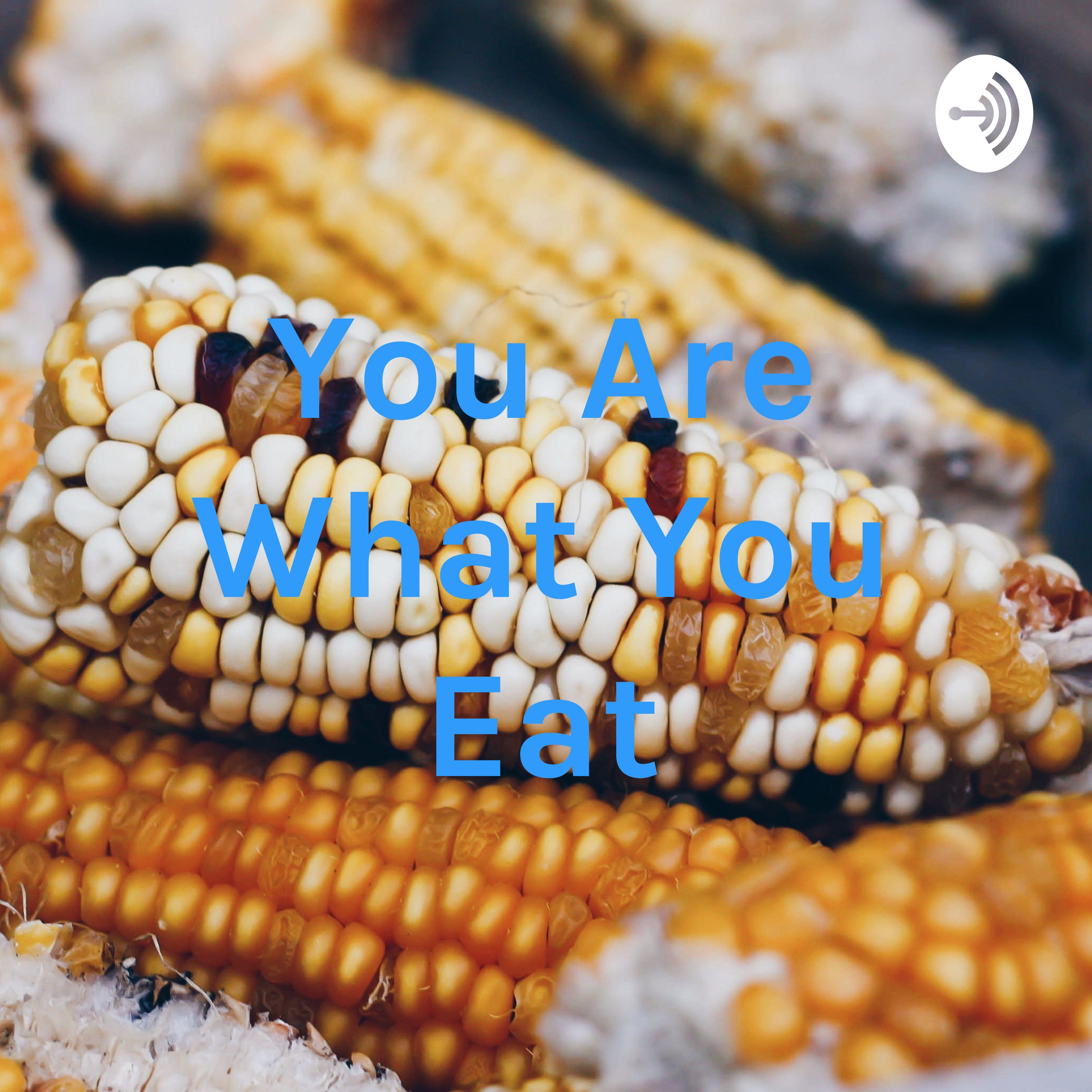 |
You Are What You EatAuthor: Ellie Landis
The phrase you are what you eat literally extends through centuries and generations. Modern day Native Americans have an overall higher rate of diabetes than the general population. Language: en Genres: Science Contact email: Get it Feed URL: Get it iTunes ID: Get it |
Listen Now...
You Are What You Eat
Tuesday, 25 February, 2020
Transcript: This is Ellie Landis & Jonas Brock for 60 Second Science. The phrase “you are what you eat” literally extends through centuries and generations. Modern day Native Americans have an overall higher rate of diabetes than the general population. According to the National Research Council, “The age-adjusted rate of diagnosed diabetes among all Indian Health Service patients was 6.9 percent—2.8 times the U.S. all-races rate.” The overwhelming consensus among scientists is that the cause has evolutionary origins, but the driving mechanisms behind these evolutionary adaptations is still unclear. However, a study has been published in the journal Current Anthropology where Karl Reinhard and his team of researchers from University of Nebraska-Lincoln performed human coprolite analysis on samples found in Antelope Cave, Arizona. Coprolite is a fancy scientific word for fossilized poop. The ancestral native population of the southwestern United States were known for their cultivation of domesticated maize, beans, and squash. The researchers found that the prehistoric diet, in addition to the aforementioned, was supplemented with wild foods that they found foraging; such as sunflower seeds, prickly pear, grasses, and amaranth. All these foods are known to be extremely high in fiber, but more importantly, these foods have quite low glycemic indices, or GI’s. The GI is an indicator of a carbohydrate’s ability to raise blood sugar levels, which means that these foods have indexes so low, they are metabolized too slowly to effectively raise blood sugar. According to the study, “[Prickly pear cactus]... is the lowest recorded for southwestern plant foods and one of the lowest values for any recorded human food” with an index of 7. This suggests that these types of high fiber, low fat diets predisposed native populations to living with an overall lower blood sugar level than average. The introduction of the modern American diet of high fat, high carb, and high sugar, has left natives with a difficulty in coping with the excess blood sugar, in turn causing the higher percentage of diabetes. Beware digging into your next doughnut - evolution can be tricky and fascinating.








